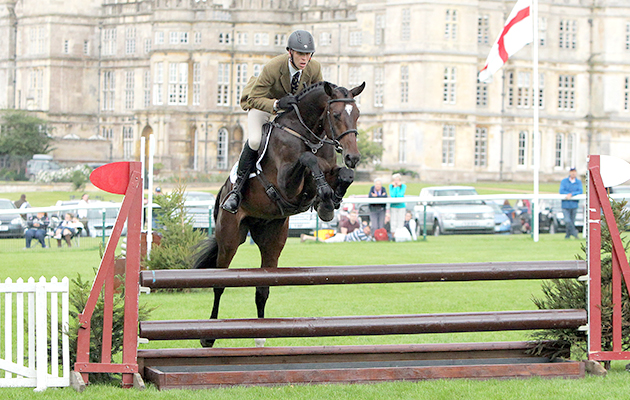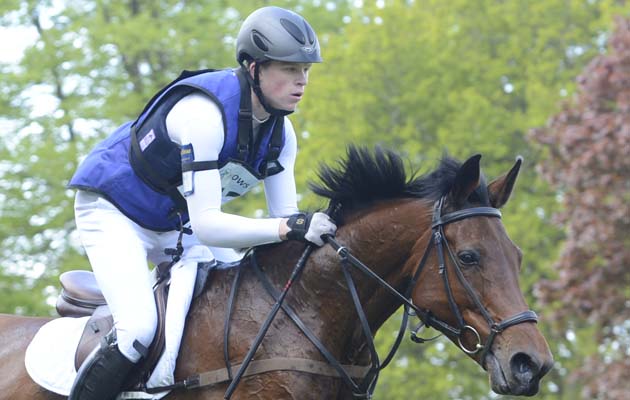Five-star event rider Sam Ecroyd (pictured) shares an exercise he uses to regain control on horses who have a tendency to get too strong
Event rider Sam Ecroyd was leading under-21 British rider in 2016 and 2017. He has finished second, third and sixth in the under-25 British championship and he hasn’t finished out of the top three at a national championship since he was 14. He runs a string of 15 event horses from his base on the Cheshire/Flintshire border.
Training the stars
Many other people had ridden Arco BB before I took him on at three-star level. He had been very strong across country, but I used this exercise often with him. Once he learned to go on a loose rein, he understood my aids.
Michael Jung taught me this exercise when I trained with him in Germany. I took a horse called Opera House who was strong across country and it transformed him. I use it in the school on all of my horses. Its beauty is in its simplicity and it translates so well from the school to a cross-country schooling course and then on to a competition.
Tackling the issue
1. Warm up in walk, trot and canter. During the canter, work on a loose contact and keep the reins close to your body — maintain the same rein length as if you would if you were doing dressage. At the same time, ensure that your horse’s neck is fully elongated.
2. Canter around the corner to the long side of the arena and, if your horse is relaxed, put your hand on his neck, lean forward and use your leg to make him accelerate. You should still have only the lightest rein contact.
3. When you are ready to slow down (before you reach the turn) sit back with your body, sit down in to the saddle and pull lightly and evenly on both reins. Avoid yanking on one and then the other. If you struggle to regain control, ride a small circle.
4. Repeat the exercise up to 10 times. Vary how soon you push your horse on and stop him so that he doesn’t anticipate it — he should wait for you to drop your hand. If he doesn’t, continue in a normal canter until he is listening to you. If he gets strong or stressy, return to walk, trot or normal canter and attempt the exercise again when he is calm.
Article continues below…
You might also be interested in:

Subscribe to Horse & Hound magazine today – and enjoy unlimited website access all year round

Sarah Bullimore’s figure-of-eight jumping exercise for focus
The five-star eventer shows how the figure-of-eight jumping exercise can help develop balance, rhythm and the ability to land on

#SundaySchool: how to improve rhythm over fences
Event rider and coach Nick Gauntlett explains how you can use poles to dictate the rhythm that will give horse
Consider this…
- It takes two to pull — your horse won’t pull if you don’t.
- Help him to relax by riding with a light contact.
- If you keep your horse on a tight rein and then ask him to slow down, his mouth will lack the sensitivity to respond.
- Use whatever bit suits your horse but, if it’s a pelham, don’t do the curb chain up so tight that when you pull he feels it’s a punishment.
For all the latest news analysis, competition reports, interviews, features and much more, don’t miss Horse & Hound magazine, on sale every Thursday.



